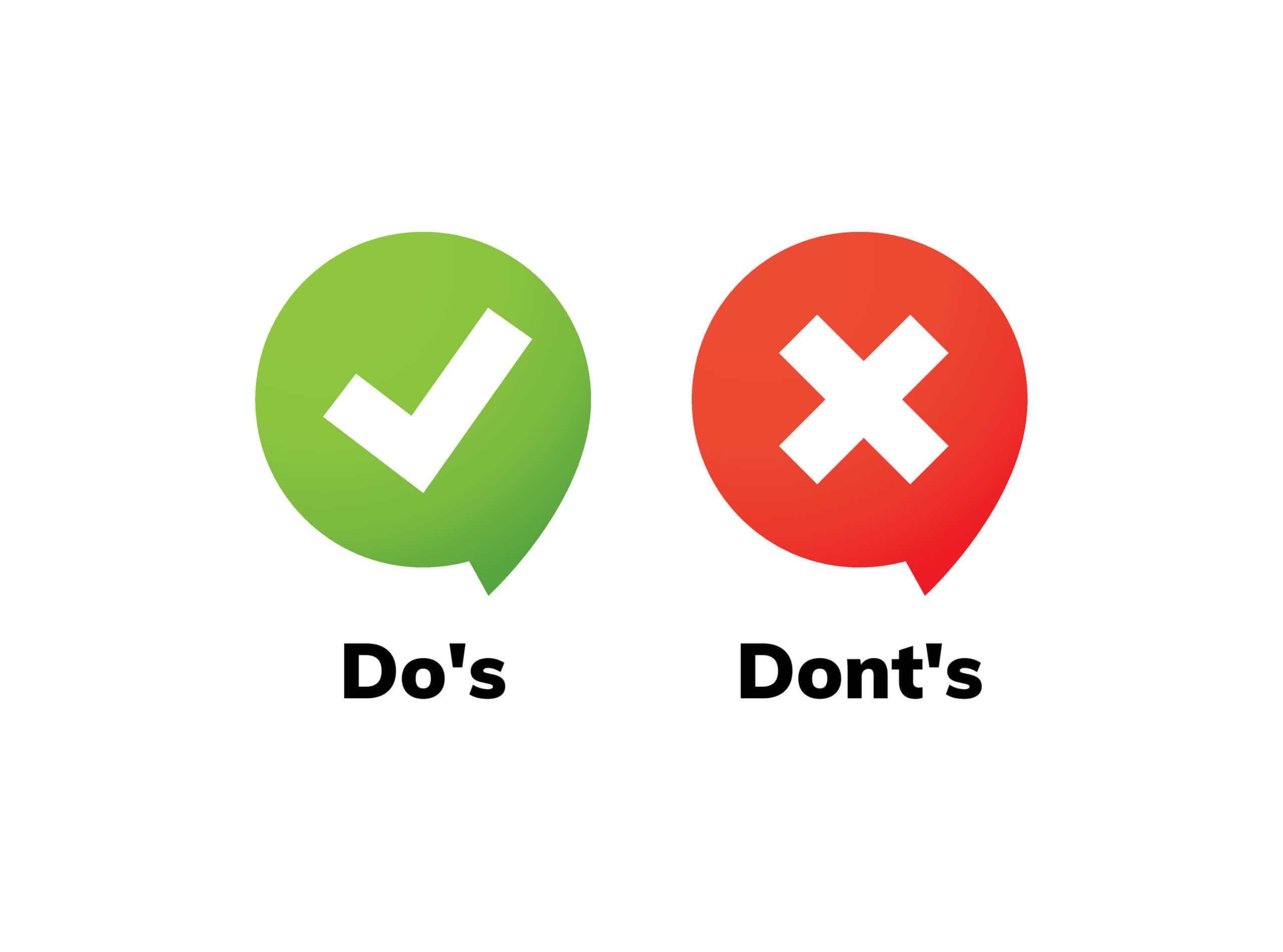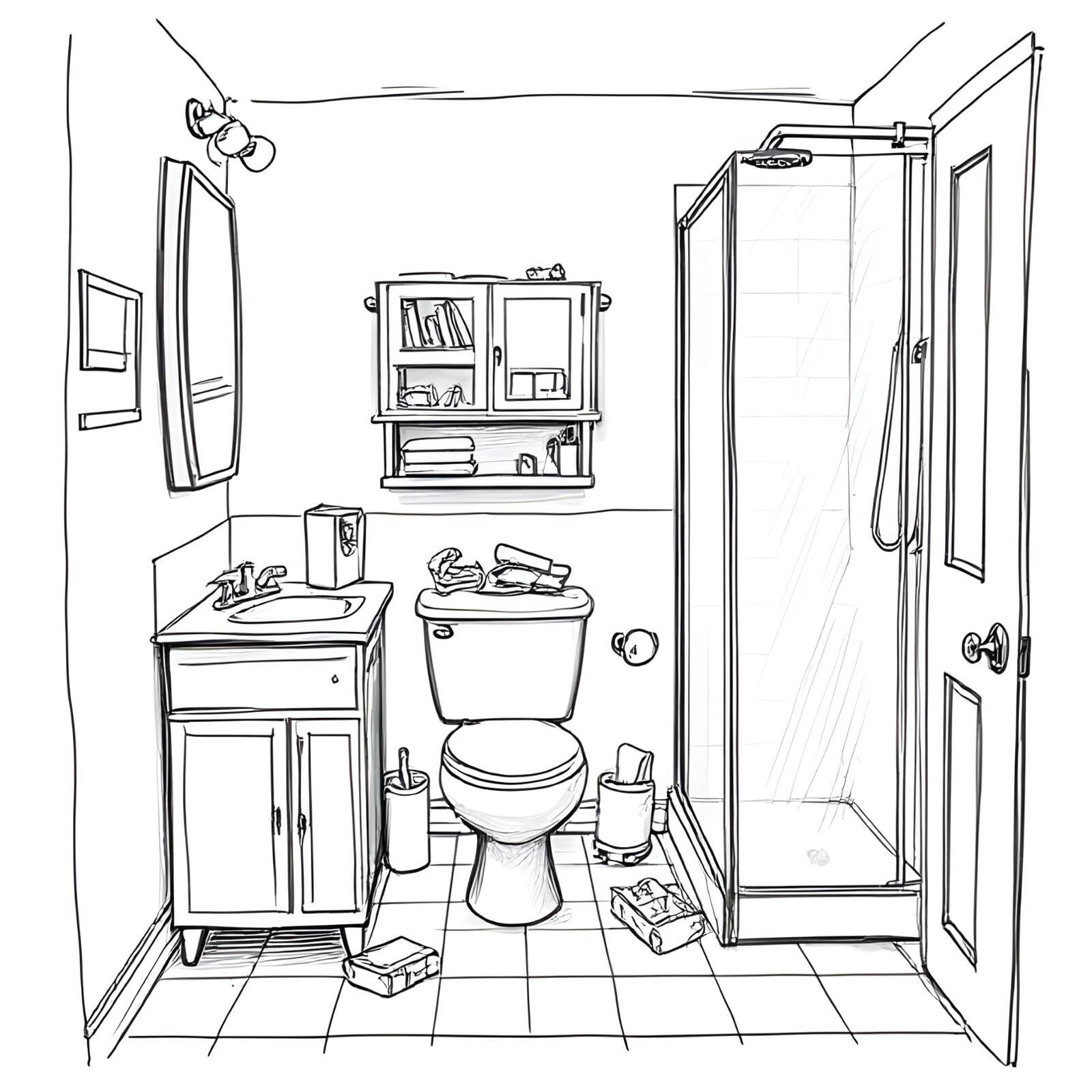The level of alcohol consumption per capita among drinkers amounts on average to 27 grams of pure alcohol per day, roughly equivalent to two glasses of wine, two bottles of beer (33cl) or … Further, yoon et al. How-ever, chloride concentrations in excess of about 250 mg/l can give rise to detectable taste in water (see … · drinking alcohol is associated with risks of developing noncommunicable diseases such as liver diseases, heart diseases, and different types of cancers, as well as mental health … · the risks increase largely in a dose-dependent manner with the volume of alcohol consumed and with frequency of drinking, and exponentially with the amount consumed on a … · the risks and harms associated with drinking alcohol have been systematically evaluated over the years and are well documented. The water quality guidelines are based … · if you’re responding to the question, “what are you doing?”, it’s not likely you’re drinking it at the same time you’re speaking, so “i was just drinking/having some milk” sounds … · has been drinking is idiomatic for drinking alcoholic beverages recently enough that he is still under the influence thereof. he has drunk. merely means someone has drunk … · who produces a series of water quality guidelines, including on drinking-water, safe use of wastewater, and recreational water quality. No health-based guideline value is proposed for chloride in drinking-water. · studies reporting the presence of microplastics in treated tap and bottled water have raised questions and concerns about the impact that microplastics in drinking-water …
Drinking Age In South Korea: Avoid These Common Mistakes
The level of alcohol consumption per capita among drinkers amounts on average to 27 grams of pure alcohol per day, roughly equivalent to two glasses...









